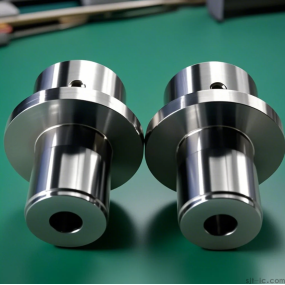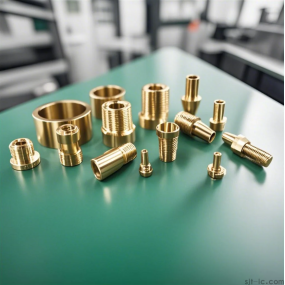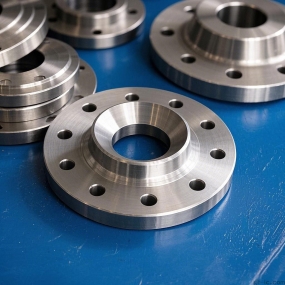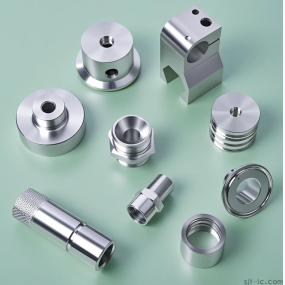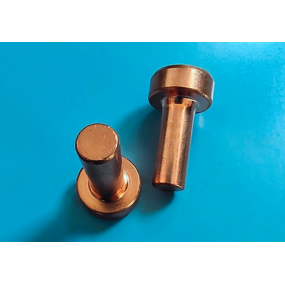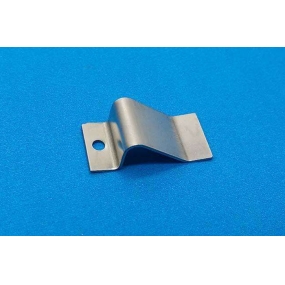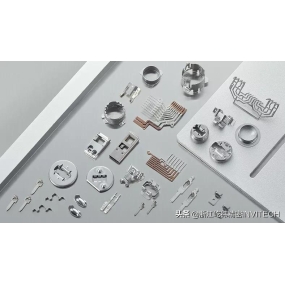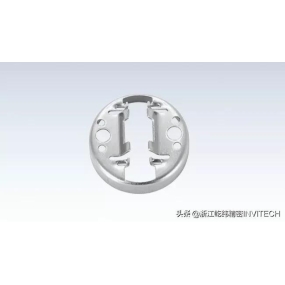Sheet Metal Processing is called sheet metal processing. For example, the use of sheet metal to make chimneys, iron drums, fuel tanks, oil pots, ventilation pipes, elbows, round places, funnels, etc. The main processes include shearing, bending, buckling, bending, welding, riveting, etc., which require certain geometric knowledge. Sheet metal parts are thin plate hardware parts, that is, parts that can be processed by stamping, bending, stretching, etc. A general definition is parts with constant thickness during processing.
Sheet metal processing is a key technology that sheet metal technicians need to master, and it is also an important process of sheet metal product forming. What are the technical characteristics of sheet metal processing? The small edition of sheet metal processing manufacturers will introduce it to you.
 1. High power density of sheet metal processing: The workpiece of sheet metal processing in the chassis cabinet absorbs the rapidly rising temperature during the sheet metal process, and even melts or evaporates when it is made of high melting point, high hardness, and high brittle materials (such as ceramics, diamonds, etc.). Can also be used for sheet metal processing;
1. High power density of sheet metal processing: The workpiece of sheet metal processing in the chassis cabinet absorbs the rapidly rising temperature during the sheet metal process, and even melts or evaporates when it is made of high melting point, high hardness, and high brittle materials (such as ceramics, diamonds, etc.). Can also be used for sheet metal processing;
2. Sheet metal processing beams are easy to control: easy to combine with precision machinery, precision measurement technology, electronic computers, etc., to achieve high precision and high automation.
3. Sheet metal processing is convenient and flexible: robots can process sheet metal in harsh environments or in places that are inaccessible to others.
4. Sheet metal processing is widely used: the divergence angle of the beam of light in sheet metal machining can be less than 1mm arc, the spot diameter can be less than micron, and the working time can be as short as nanoseconds and picoseconds. At the same time, the continuous output power of high-power sheet metal processing can reach the kilowatt level to ten kilowatts. According to the characteristics of the welding process, three welding methods are used in industrial production.
5. Compared with the production and processing of forgings and castings, sheet metal parts have the advantages of light weight, saving metal materials, simple processing technology, reducing production costs, and saving production costs.
6. Most welded sheet metal parts have low machining accuracy and large welding deformation, so the amount of deformation and correction after welding is very large
7. Since the welded parts are non-removable and difficult to repair, it is necessary to adopt reasonable assembly methods and procedures to reduce or avoid waste products. Large or oversized products usually need to be assembled on site, so a trial assembly should be carried out in the factory first. During the trial assembly, removable connectors should be used to temporarily replace non-removable connectors.


 Spanish
Spanish Arabic
Arabic French
French Portuguese
Portuguese Belarusian
Belarusian Japanese
Japanese Russian
Russian Malay
Malay Icelandic
Icelandic Bulgarian
Bulgarian Azerbaijani
Azerbaijani Estonian
Estonian Irish
Irish Polish
Polish Persian
Persian Boolean
Boolean Danish
Danish German
German Filipino
Filipino Finnish
Finnish Korean
Korean Dutch
Dutch Galician
Galician Catalan
Catalan Czech
Czech Croatian
Croatian Latin
Latin Latvian
Latvian Romanian
Romanian Maltese
Maltese Macedonian
Macedonian Norwegian
Norwegian Swedish
Swedish Serbian
Serbian Slovak
Slovak Slovenian
Slovenian Swahili
Swahili Thai
Thai Turkish
Turkish Welsh
Welsh Urdu
Urdu Ukrainian
Ukrainian Greek
Greek Hungarian
Hungarian Italian
Italian Yiddish
Yiddish Indonesian
Indonesian Vietnamese
Vietnamese Haitian Creole
Haitian Creole Spanish Basque
Spanish Basque

